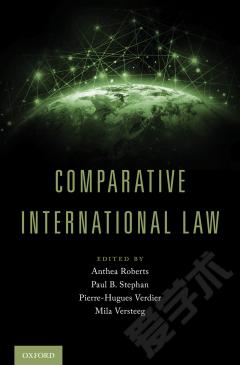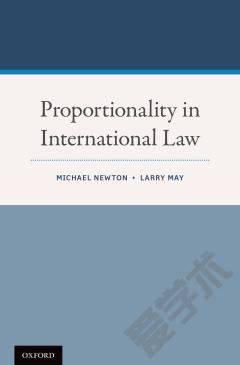Comparative International Law
By definition, international law, once agreed upon and consented to, applies to all parties equally. This book explains that states at times adhere to similar, and at other times, adopt different interpretations of the same international norms and standards. This book achieves three objectives. The first is to show that international law is not a monolith. The second is to map the cross-country similarities and differences in international legal norms in different fields of international law, as well as their application and interpretation with regards to geographic differences. The third is to make a first and preliminary attempt to explain these differences. It is organized into three broad thematic sections, exploring: conceptual matters, domestic institutions and comparative international law, and comparing approaches across issue-areas. The chapters are authored by contributors who include leading international law and comparative law scholars with diverse backgrounds, experience, and perspectives.
{{comment.content}}








 京公网安备 11010802027623号
京公网安备 11010802027623号